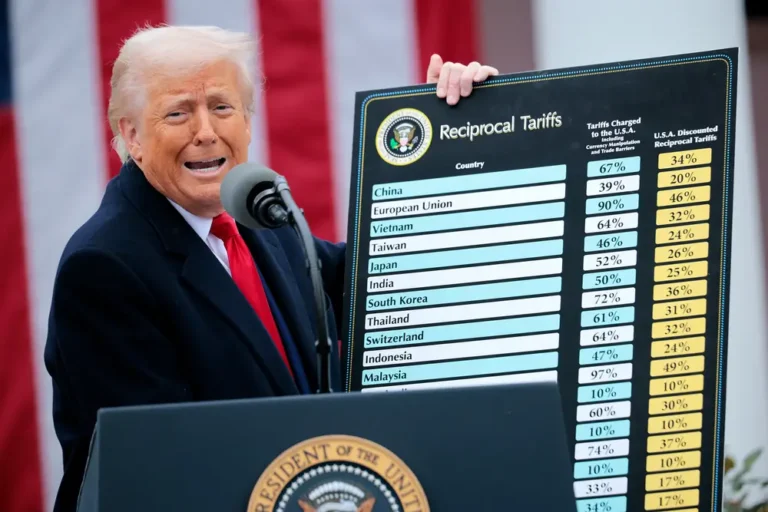A former lawyer has paid down $190,000 in student loans and can afford to cancel the remaining $20,000 balance now. He explains why it’s smarter to not pay the lump sum, and how he’s investing it instead.

- Ian Group has paid down $190,000 of the $210,000 worth of student loans he accumulated.
- He could afford to pay off the $20,000 today, but it wouldn’t be the best use of his money.
- Since the interest rate on his student debt is so low, he’s better off investing the money he’d use to make a lump-sum payment.
Ian Group has significantly reduced his six-figure debt.
He’s paid off $190,000 of his $210,000 in student loans, which Insider confirmed by reviewing copies of his student-loan balances. He also said he paid off about $20,000 in credit card debt.
Group, who spent years working at a large law firm before switching careers and joining a tech start-up, expects to be debt-free by the end of 2023. The 38-year-old could afford to pay off his debt right now, but it would not be the best use of his money.
Because the interest rate on his student debt is so low — 2.35% — he chooses to continue making monthly payments and invest the money he would have used to make a lump-sum payment.
“There’s a point where it might make sense to keep your money invested because you’re going to do better than you would by paying off your debt,” Group, who also runs a financial literacy company on the side, explained. “That is the situation I find myself in. My money is saved and invested. Could I use that money to pay down my debt? Yes. But I’m technically earning more money than the debt is costing me.”
“On $20,000, that’s around $400 per year in interest paid,” he explained, with a rate of around 2%. “I make $1,000 if I keep my money invested and earn a 5% return.” I net $600. My philosophy here is to use my money to capitalize on long-term gains, and even if I have some debt, my money grows faster than the debt depletes.”
He puts the majority of his money into index funds, which are designed to track the performance of a market index such as the S&P 500. Over the last decade, the S&P 500 has returned about 14.7% per year on average, slightly higher than the long-term historical average of 10.7%.
“You have to first look at the numbers,” Group says, to determine whether you should prioritize investing over debt repayment. “If you have high-interest debt — any debt with a 7% or higher interest rate — you start to compete with the potential returns in the stock market.” (While the market’s historical average is around 10%, inflation reduces that rate to around 7% a year after inflation.)
That’s why, when Group had credit card debt, which has an average interest rate of 20.92%, he prioritized paying it off before investing in the stock market.
When deciding what to prioritize, there’s more to consider than your debt’s interest rate and potential stock-market returns.
“The other piece of this is: How much does the debt bother you,” Group added, regardless of how low your interest rate is. “Perhaps you don’t sleep well at night because you’re burdened by debt.”
If this is the case, you should prioritize your debt, even if you have a low interest rate.
Refinancing your loans at a lower interest rate
Group’s student loans did not always have such a low interest rate.
He began with 12 different student loans, each with a different interest rate ranging from 5 to 8% and a different payoff date.
“I needed one monthly payment and one interest rate,” he said of consolidating everything. And I wanted to know when I was going to be able to pay them all off.”
He spent a long time researching banks before finding a private one that was refinancing student loans and was able to refinance them all at a 6% interest rate. He noted that it was not a quick and easy process: “You have to put in the work.” I didn’t just sit there and keep doing what I was doing. “I actively stated, ‘OK, I’ll figure this out.'”
After his first refinancing success, he reasoned, “If I can do this one time, I can keep doing it,” he said. “So I did, and it kept getting better and better for me.”
He had to refinance three more times before settling on his current interest rate of 2.35%.
Investing in index funds with low fees
Group began investing a percentage of his income after paying off his high-interest credit card debt and securing a low student loan rate. He began small, he said, contributing about 3% of his income to his 401(k) plan and consistently to a Roth IRA account. He has gradually increased his contributions to his investment accounts over time.
He still pays off his loans and invests for his and his family’s future today. He’s started saving for his two children’s college educations so they won’t have to rely on student loans.
He prefers to invest in low-cost index funds, and he owns VOO and VTI, Vanguard index funds that track the S&P 500 and the overall stock market.
“There are some individual companies that I really, really like that I’ve owned for a long time,” Group added, citing his ownership of Apple, Amazon, and Shopify. “However, low-cost index funds are the simplest way to invest.”
“You don’t have to try to beat the market” with this strategy. Some people spend their days attempting to outperform the market. “A lot of them fail,” he admitted. Rather, “you can be the market and go about your business.” Although there are no guarantees, history has shown that the market rises over time.”
Instead of attempting to outperform the market, Group prefers to invest in index funds and then “invest my time in making more money,” he says. “Because I believe that many people who have done well financially have invested in the market and in real estate, but I believe they have made their money through business.”






